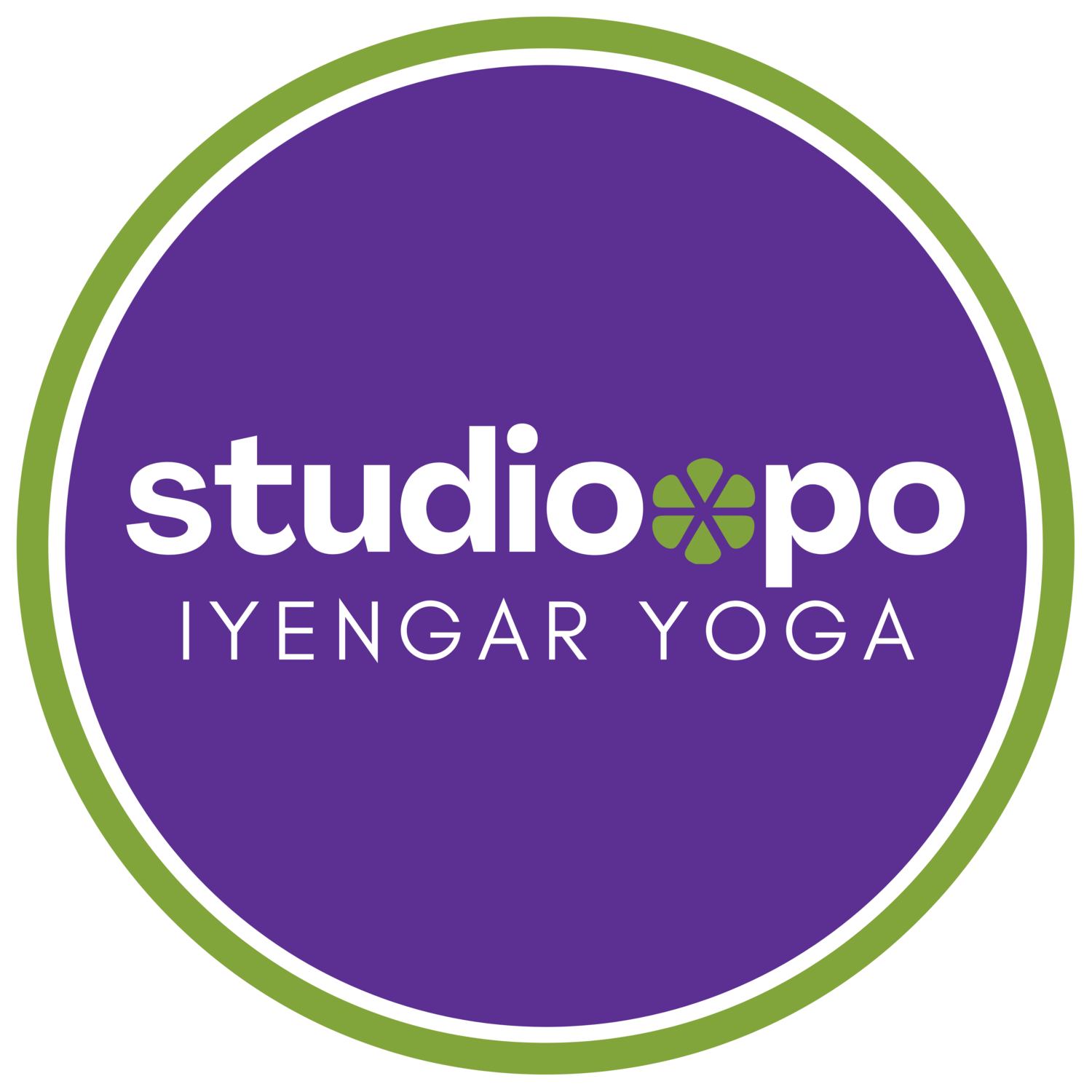Why I Love My Home Practice
First, let me preface this post by saying I also love going to class. Being taught by a skilled teacher who can shed light on new techniques and approaches, who can seamlessly take me on a journey from point A to point B, and who can motivate and inspire me to overcome my challenges is, undoubtedly, a cornerstone of my yoga education. I cherish my time in class and in fact it’s probably accurate to say, I crave it. Having said that, it’s in my home practice where I can take the teachings of class and translate them to me – to the specificity of my body. At home, I can play. I can take a pose and dissect it. I can try it backwards, forwards, with support, without support. I can manipulate the pose somewhat to exaggerate a certain action or I can practice with a prop to help bring awareness to a particular part of the body. To me, this sense of play and experimentation is…thrilling. Okay, the cat is definitely out of the bag, I’m a Yoga geek, but still, there’s a point here…
Yoga is a practice. It’s not a routine or a workout it’s a practice. Practitioners of Yoga, I believe, have a responsibility that goes beyond being guided into and out of the shapes of the asanas. There is a responsibility to personalize the practice, to understand what you are practicing and why. The lessons of Yoga (on so many levels!) go beyond the studio and often, even beyond the mat.
Beginner or advanced, a practitioner takes Yoga home with them. When I had just started Yoga, I remember standing at a bus stop and realizing I was actually doing Tadasana. I had become aware of the fact that my tendency was to stand forward on my feet and so at the bus stop, I consciously transferred the weight to my heels and also pressed on the inner foot as much as the outer foot (it all of sudden made sense why the outer heel side of my shoes always wore out first!). I remember thinking, where else could the lessons of Tadasana be applicable? This was a spark for home practice. And in fact, at that time, that was pretty much the extent of my home practice.
Home practice does not need to be complicated. It doesn’t matter whether it’s long or short, and it doesn’t need to be the same each time. Most importantly, home practice doesn’t need to be perfect. The truth is, if we did all the poses perfectly why would we need to practice anyway?! In my mind, the most important thing in home practice is to develop a personal relationship with your practice. Why are you practicing today? Is it for endurance? Is it to improve your ability to do a particular asana? Is it because you’d like to feel uplifted, energized, focused, or calm? Do you know which asanas to practice to make you feel uplifted, energized, focused, or calm? Would you like to?
Next time you are in class, try this: at the very beginning take a mental snapshot of how you feel. Observe the state of your body, the state of your breath, and the state of your mind. At the end of class, observe these things again. Reflect on which poses you did and the impact that the practice had. I’ve found that over time, training myself to observe such things has deepened my understanding, respect, curiosity and gratitude for this tremendous practice called Yoga.
What is your experience with home practice? Do you agree or disagree with the point of view I’ve presented here? I’d love to hear from you! Please share your thoughts in the comments section below 🙂

